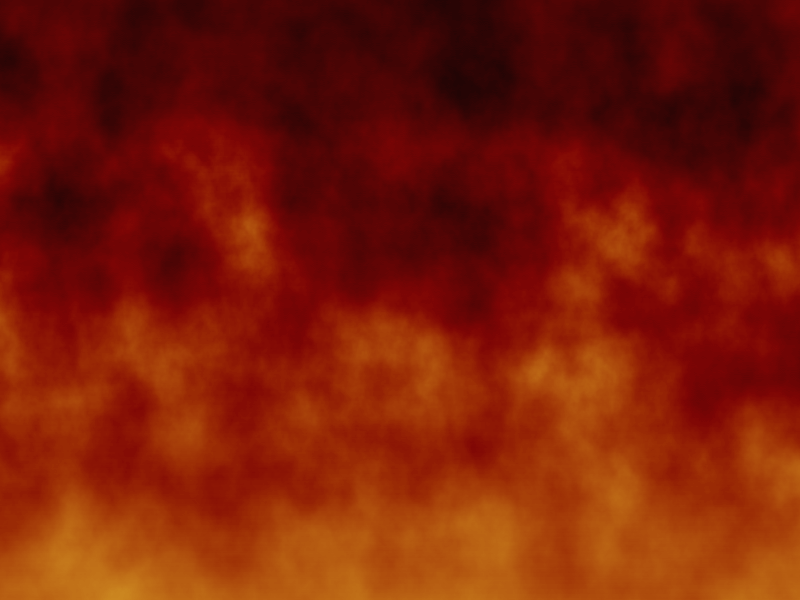AXEMAN2415
Guitar Weenie
   
USA
740 Posts |  Posted - 29 Dec 2005 : 19:58:00 Posted - 29 Dec 2005 : 19:58:00 
| Major Scale Chart
M M M M
Scale Degree R---2---3---4---5---6---7---R #'S/b's
Key C D E F G A B C 0
G A B C D E F# G 1#
D E F# G A B C# D 2#'s
A B C# D E F# G# A 3#'s
E F# G# A B C# D# E 4#'s
B C# D# E F# G# A# B 5#'s
F# G# A# B C# D# E#* F# 6#'s *(Note that "E#" is only written for ease of reading; The note
or is actually an 'F'. There is no "E#")
Gb Ab Bb Cb* Db Eb Fb* Gb 7b's *(Note that "Cb" and "Fb" are written for ease of reading;these
notes are actually 'B' and 'E',respectively.)
C# D# E#* F# G# A# B#* C# 7#'s *(Note same as above)
or
Db Eb F Gb Ab Bb C Db 5b's
Ab Bb C Db Eb F Gb Ab 4b's
Eb F G Ab Bb C D Eb 3b's
Bb c D Eb F G A Bb 2b's
F G A Bb C D E F 1b
If you will notice, some keys share the same tonalities (notes), but are "spelled" differently (such as the key of F#/Gb)
Their key signatures will be different, but their notes are exactly the same. (A "key signature" is the sign on a piece of
sheet music that indicates the key by which notes on the musical staff are sharped of flatted.)
Let us apply this to the fretboard. Let's pick the key of 'E'. The 'E' major scale= E, F#, G#, A, B, C#, D#.
Ex.1 Up the Low 'E' string
1 ----------------------------------------------------------------
2 ----------------------------------------------------------------
3 ----------------------------------------------------------------
4 ----------------------------------------------------------------
5 ----------------------------------------------------------------
6 -0---2---4---5---7---9--11--12--14--16--17--19--21--23--24------
E F# G# A B C# D# E F# G# A B C# D# E
Ex.1a Up the High 'E' string
1 -0---2---4---5---7---9--11--12--14--16--17--19--21--23--24------
Ex.2 Going across all six strings (This is just one example, not the only one)
1 -------------------------------------------------------------2---4---5----
2 -------------------------------------------------2---4---5----------------
3 -------------------------------------1---2---4----------------------------
4 -------------------------1---2---4----------------------------------------
5 -------------0---2---4----------------------------------------------------
6 -0---2---4----------------------------------------------------------------
E F# G# A B C# D# E F# G# A B C# D# E F# G# A
Ex.2a Same pattern, up an octave (12 frets higher)
1 -------------------------------------------------------------14--16--17----
2 -------------------------------------------------14--16--17----------------
3 -------------------------------------13--14--16----------------------------
4 -------------------------13--14--16----------------------------------------
5 -------------12--14--16----------------------------------------------------
6 -12--14--16----------------------------------------------------------------
E F# G# A B C# D# E F# G# A B C# D# E F# G# A
In time, we will examine other possibilities for scale patterns. These are just illustrations. They will work, and you should
attempt to practice these patterns to get your fingers and brain familliar with them, but they are only scratching the surface
of what can be done on the neck. Try using an alternate(up and down strokes) picking pattern. Try slurring (Hammering and pulling)
and try skipping strings to give different ideas a chance to grow.
The next few installments, we will look at other keys and patterns. Until then, keep your focus. |
"C'mon Dave, Gimme a break!" |
|








